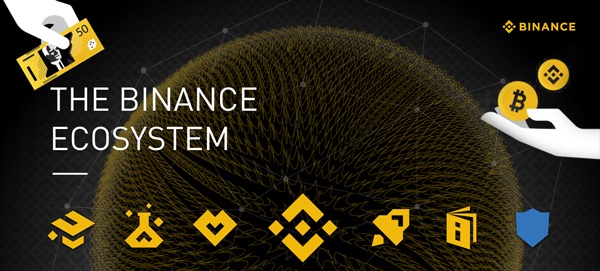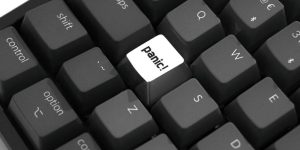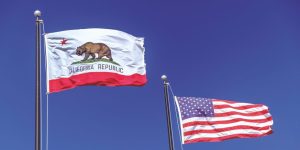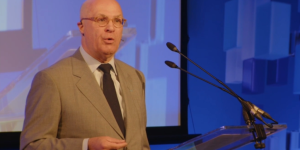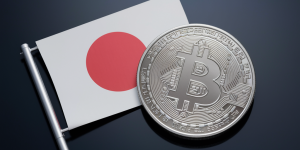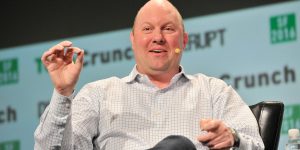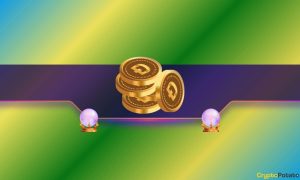Sam Bankman-Fried Says He Wanted to Sell FTX to Binance Since It Was Founded
1 year ago CryptoExpert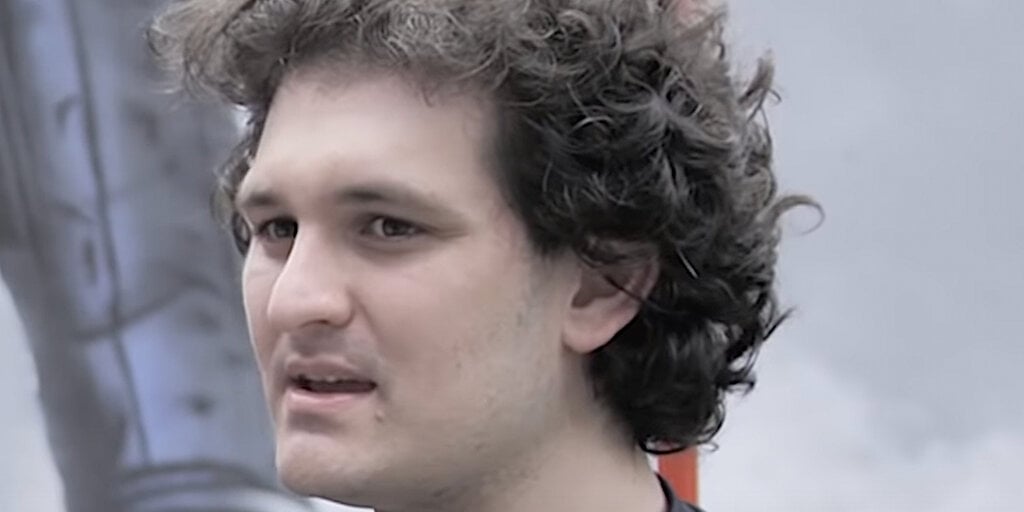
During his testimony on Friday, Sam Bankman-Fried told the court that he intended to sell FTX to cryptocurrency exchange Binance when the firm was in its infancy.
As Bankman-Fried worked with FTX co-founder Gary Wang in 2019 to construct the now-bankrupt exchange in Hong Kong, he said he already knew he wanted it to specialize in margin trading and offer customers the ability to make outsized bets.
At the time, according to his court testimony today, Bankman-Fried believed that FTX could establish itself as a venue that catered specifically to margin traders, a specialty that was largely unaddressed across the exchange landscape back then. For this reason, he testified that he expected an exchange like Binance could become interested in purchasing FTX.
Binance is currently the largest crypto exchange in the world, having seen $4.6 billion worth of volume in the past day, according to CoinGecko.
Binance did express interest in buying FTX, as the exchange crumbled last November. However, the company backed out of a potential acquisition. As CEO Changpeng Zhao put it, “The issues [with FTX] are beyond our control or ability to help.”
Early on in the life of FTX, Bankman-Fried said “getting customers” was a challenge, but it spread “by word of mouth” to the point where it became a viable business. FTX saw as much as $20 million worth of revenue in 2019, Bankman-Fried said. By 2021, he said FTX was taking in $3 million in revenue per day.
One of FTX’s early selling points was its risk engine, Bankman-Fried recalled. Compared to other exchanges at the time, FTX’s risk engine—which was responsible for deciding when traders’ positions would be liquidated—took a more comprehensive view of customers’ accounts.
FTX’s founder said he “didn’t write or read” the exchange’s code as it was being built. Rather, it was Wang who built the exchange line by line as Bankman-Fried gave input on what the exchange should look like from a philosophical perspective.
Bankman-Freid said that cross-margin trading was also part of FTX’s main appeal when it was founded. Essentially, Bankman-Fried said, the feature allowed traders to use excess margin on one trade to satisfy margin requirements on other trades.
Binance never made an early acquisition of FTX, however. And Bankman-Fried testified that an internal team at Binance was used, instead, to further develop its own platform.
When asked by lead lawyer Mark Cohen to describe FTT, the company’s failed exchange token, Bankman-Fried said Binance’s BNB token was an inspiration. He also noted that Binance was FTX’s first investor, giving the exchange $80 million worth of BNB as seed money, he said.
FTX filed for bankruptcy last November after a steep drop in FTT sparked a fatal flurry of withdrawals. As the exchange couldn’t satisfy customers’ rush for the exit en masse, the exchange was forced to admit it did not hold 1:1 reserves of customer assets.
While Binance was an early investor in FTX, Bankman-Fried’s company had bought out Binance’s stake through a $2.1 billion mix of FTT and other assets. FTT fell into a tailspin last November when Binance moved to sell its holdings of the token.
During testimony on Friday, Bankman-Fried said that his company’s goal with FTT was to “give accounts benefits if they held it” and pass along some of the exchange’s success.
For example, FTX had an initiative to use a portion of its income to buy FTT each week, reducing its supply by burning the tokens it acquired—similar to a public company buying back its shares, Bankman-Fried said.
Edited by Ryan Ozawa.


